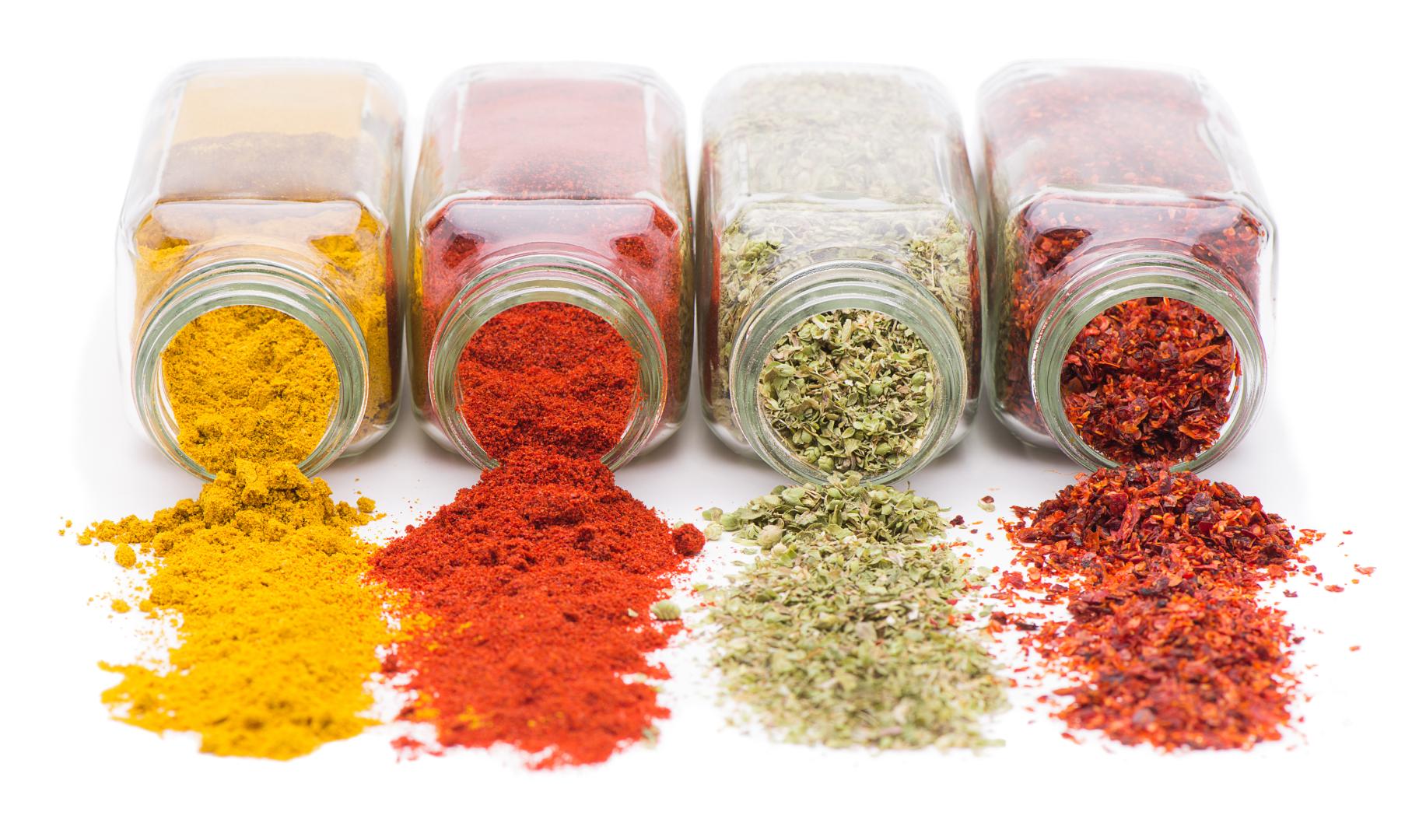What is lead?
Lead is a naturally occurring metal with many uses, including some that go back for thousands of years. The toxic effects of lead have been known for almost as long. Lead is still found in many places, including some homes built before 1978, ceramic glazes, home remedies, ammunition, fishing weights, metal toys, jewelry, food cans, spices, worshiping powders and cosmetics from other countries. Lead was used in some paints until 1978 and in gasoline until 1996. As lead paint ages, it can chip or crumble into dust. The paint chips and dust are dangerous and can pose a serious health risk.
What is lead poisoning?
Lead poisoning occurs when there is too much lead in a person’s body. This is usually caused by eating something, or putting something in your mouth with lead in it or breathing lead dust or fumes. Lead is a neurotoxin, which means it mostly impacts the brain. Children with low levels of lead poisoning may not show any outward signs, but can have long-term problems with learning and behavior. Severe lead poisoning can cause seizures, coma or death. Lead can remain stored in the bones of people who are poisoned as children and cause problems later.
Who can get lead poisoning?
Anyone exposed to lead can get lead poisoning, but children under the age of 6 years and unborn infants are at greatest risk due to their developing brains. Younger children often put their fingers and foreign objects in their mouths, further increasing their risk. When women are pregnant, lead stored in their bones from past exposure can go into their blood and harm them and their babies.
How can you tell if someone has lead poisoning?
Unfortunately, there are often no symptoms. The best way to find out if someone has lead poisoning is to have a blood test, which a provider can order.
Who should be tested?
Effective March 28, 2016, all children in Maryland must be tested for lead exposure at their 12 and 24-month health care visits. All children entering a public pre-kindergarten program, kindergarten or first grade are required to have a Maryland Department of Health Blood Lead Testing Certificate completed.
What can I do to prevent lead poisoning?
If you live in a structure that was built before 1978, there may be lead in the interior or exterior paint.
- Make sure there are no areas of peeling or chipping paint. If renting, landlords are responsible for keeping the home safe from lead exposure. To check if a property built before 1978 is registered as lead-safe, visit the Lead Rental Registry Property Search.
- Anne Arundel County Rental Registry
- Tenants’ Rights
- Clean floors, window sills and other surfaces regularly with a damp sponge or mop.
- Before any remodeling or renovating, have the area tested for lead. If lead is found in the home, do not try to remove the lead paint yourself. Hire professional contractors trained and certified in lead paint removal.
- The above suggestions also apply to children who spend time in other houses that were built before 1978, such as a relative’s house or day care.
- Wash children’s hands often, especially, after playing in bare soil and always before they eat or sleep.
- Feed your children foods that are low in fat and high in iron, calcium and vitamin C to reduce lead absorption.
- If someone in the house is exposed to lead while outside the house, such as through a hobby, like visiting the firing range, have that person shower and change clothes before entering the home.
Avoid using: Old or imported glazed ceramic containers and dishes, pewter, or crystal for cooking or eating; home remedies made outside the U.S., such as greta and azarcon, and cosmetics, such as surma or kohl.
If you think your plumbing might have lead in it, use only cold water for drinking and cooking. Run water for 15 to 30 seconds before drinking it.
Finding and Removing Lead
- Find a licensed lead inspector in your area
- Abatement of Lead Paint Hazards
- Learn about financial assistance for reducing or eliminating lead-based paint hazards
For more information:
Childhood Asthma and Lead Environmental Case Management Program:
410-222-7003 or asthmaandlead@aacounty.org
Maryland Department of the Environment: 410-537-3825
Home Visits and Case Management
The Department of Health offers free home visits for those who qualify.
Eligible for our free home visiting program if:
- is under 19 years old
- lives in Anne Arundel County
- gets Medicaid/MCHP or qualifies for Medicaid/MCHP
- has lead poisoning - blood lead level of 3.5 µg/dL or higher
To refer a child call 410-222-7003,email asthmaandlead@aacounty.org, or fax a referral form to 410-222-7144.
What to Expect During a Home Visit
Our trained team will work with you to find a convenient time to meet. During the home visit, the Nurse/Parent Educator will:
- Review asthma medications and personalized asthma action plan
- Coach proper medication delivery and equipment cleaning techniques
- Educate on identifying ways to minimize lead or asthma triggers
- Provide supplies to decrease asthma triggers and lead dust in the home, for eligible families*
- Cleaning supplies - for example, HEPA vacuum, microfiber mop
- Mattress/pillow encasement
- Rodent and pest traps
- Offer referrals to community resources
*Medicaid recipients are eligible for supplies. Lower socioeconomic military and uninsured children are currently eligible due to special funding.
Free interpretation services available during home visits. Call 410-222-7003 with questions.

